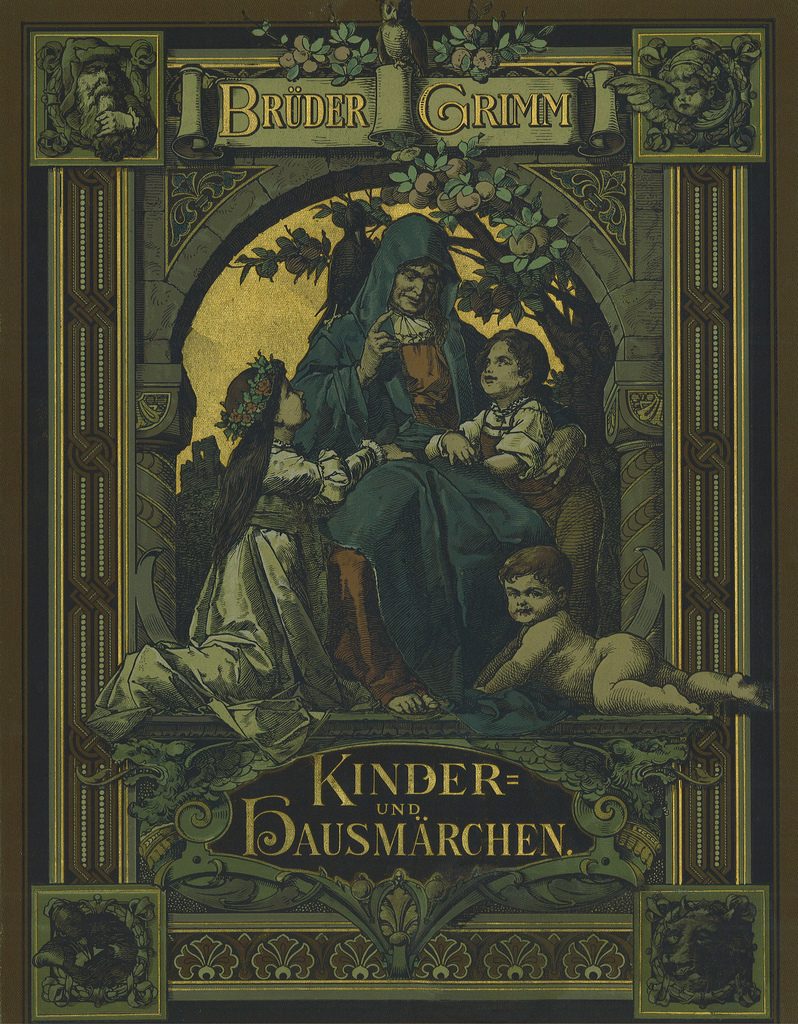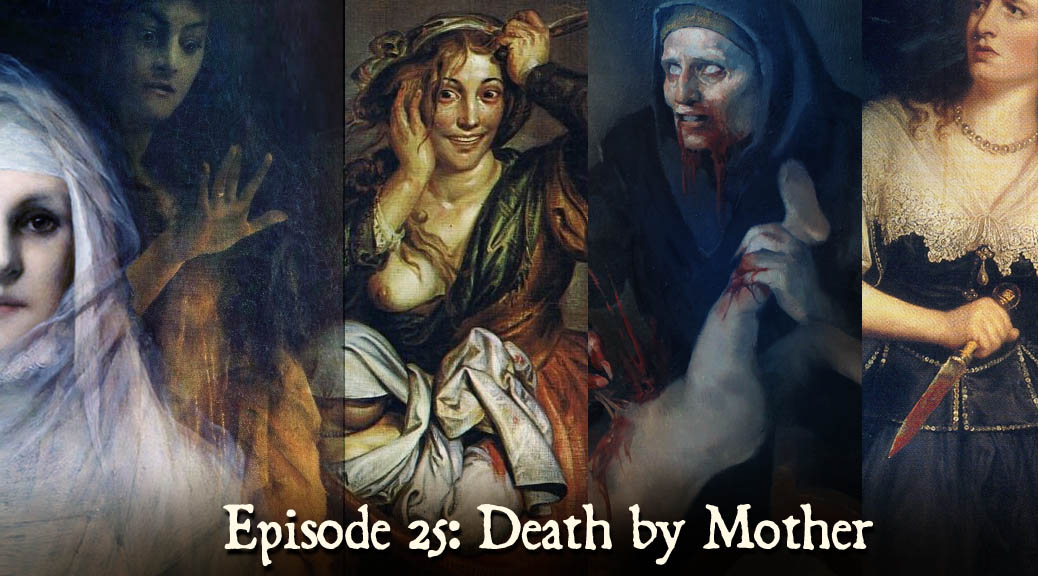
#25 Death by Mother
Podcast: Play in new window | Download (Duration: 42:30 — 38.9MB)
Subscribe: Apple Podcasts | Spotify | Android | Podchaser | RSS | More
For Mother’s Day this year we examine murderous mothers and maternal instincts gone very, very wrong in folklore, legends, and ballads.
We begin with a look at the Latin American legend of La Llorona (“the weeping woman”). We begin with a snippet of the trailer from the recently released film The Curse of La Llorona and also hear a clip from a 1961 Mexican film released in the US as The Curse of the Crying Woman. We also here an alleged recording of La Llorona herself captured in one of many such user videos uploaded to YouTube.
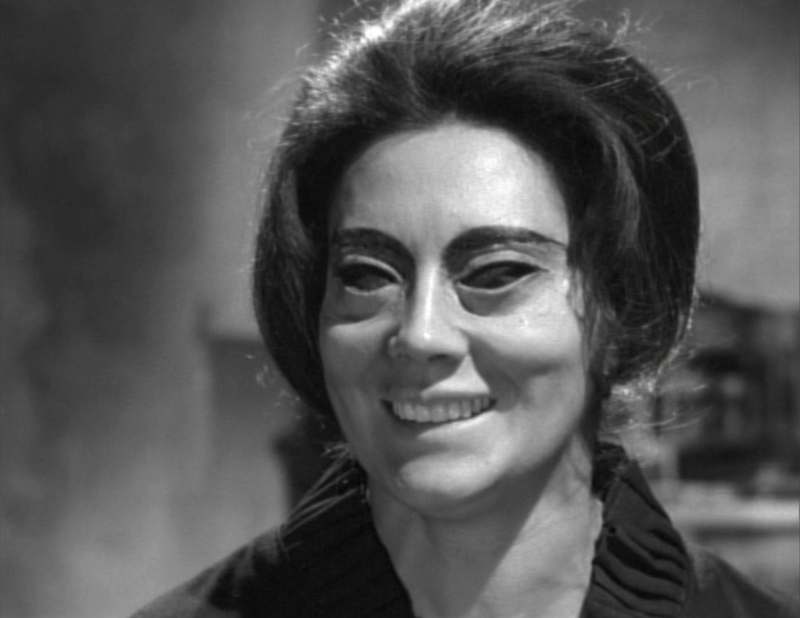
La Llorona’s story is that of a mortal woman who drowns her two children to avenge herself on faithless husband. In the afterlife she becomes a remorseful ghost and fearsome child-snatching bugaboo. We learn that this form of the legend is relatively modern, with the name “La Llorona” earlier attaching itself to a variety of tales that ascribe rather different motives and actions to the figure. Wilkinson reads for us a few of these earlier descriptions.
Next we have a look at some possible antecedents to the figure including the Aztec Cihuateteo (deified women who die during childbirth later becoming child-snatching spirits) as well as a water goddess Chalchiuhtlicue, a figure sometimes associated with drownings. Somewhat less credibly, a connection to tales brought by 19th-century German settlers in Mexico has even been suggested, namely that of the Weisse Frau (“White Lady”) who haunts the Hohenzollern Castle of Baden-Württemberg. She also does away with children in the context of a thwarted love relationship (in a particularly gruesome way).
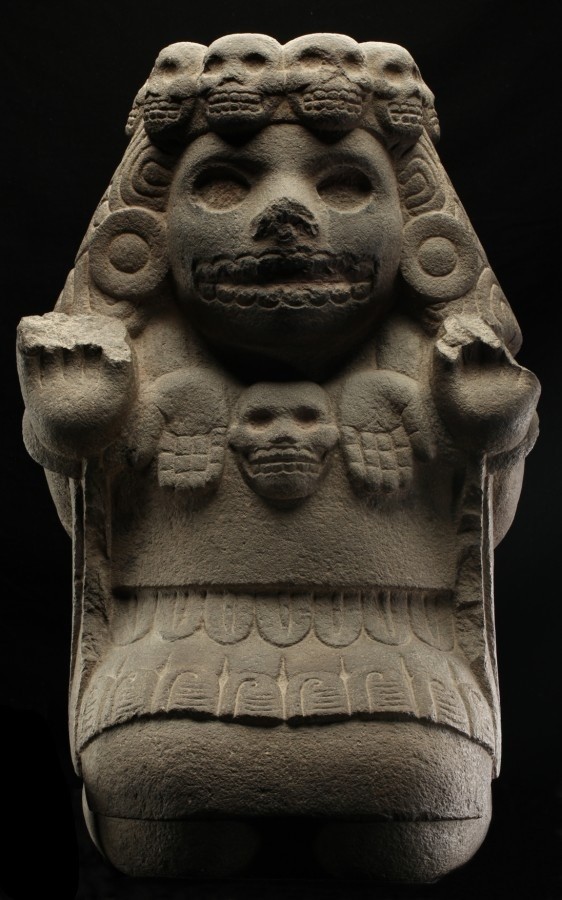
Whatever the source of the Llorana legend, it is not difficult to find parallels. Our next example is the Greek myth of Medea, who kills the children she’s had with Jason to punish him for taking a new lover. Her revenge on her rival, Princess Glauke of Corinth, is also dreadful, and dreadfully interesting in the description Euripides provides in his play. We hear Wilkinson read this passage and also hear a snippet of dialogue and the startlingly original soundtrack from Pier Paolo Pasolini’s 1969 film Medea.

Our next segment looks at some legends and songs about unwed mothers who kill their unwanted newborns. We hear a bit about the numerous “Cry Baby Bridges” of North America. This modern urban legend associates certain bridges, usually in rural areas, with the ghosts of infants drowned in the rivers the bridges span. Often, particularly in older stories, the infants are illegitimate newborns.
In the Scottish or English ballad “The Cruel Mother” (also known as “The Greenwood Side”), we encounter a mother who has murdered her illegitimate children and later meets their spirits, learning from them the fate that awaits her on the other side. We hear a mix of various renderings of this folk song including: The Owl Service, Anna & Elizabeth, Fiona Hunter, Rubus, 10,000 Maniacs,Lothlórien, and Addie Graham. We also hear a bit from the nearly identical song “The Lady Dressed in Green” which serves as the basis of a macabre childrens’ song-game.
In the song, “The Well Below the Valley” (also known as ‘The Maid and the Palmer”) describes a meeting between a mother who has given birth to and killed a number of illegitimate babies and a mysterious holy man who visits her at the well and displays supernatural knowledge of her deeds. The song seems to originate with the biblical story of Jesus meeting a Samaritan woman at a well and likewise displaying supernatural knowledge of her checkered past. This story is also the basis of the gospel song “Jesus Met the Woman at the Well,” from which we hear brief snippets by The Fairfield Four and Nick Cave. The version of “The Well Below the Valley” we hear is by Shanachie.
La Llorona’s child-snatching aspect is anticipated by the Greek myth of Lamia, a woman with whom Zeus was said to have fallen in love, who was then punished by Zeus’ wife Hera. who either kills Lamia’s children or causes her to do so. Thereafter Lamia becomes a monstrous creature devoted to stealing or killing the children of mothers everywhere. We hear how this story later merges with medieval witchcraft beliefs.
The show ends with two stories involving cannibalism and murderous mothers. The first is that of Gudrun (or Kriemhild) from the Germanic Völsung saga upon which Wagner based his Ring Cycle (we hear a bit of Wagner here, music from The Twilight of the Gods. The second story is from Ovid’s Metamorphoses, involving a grisly vengeance exacted by Procne on the Thracian king Terseus, an act of vengeance for the rape of her sister Philomela. Wilkinson here again provides a dramatic reading from Ovid.
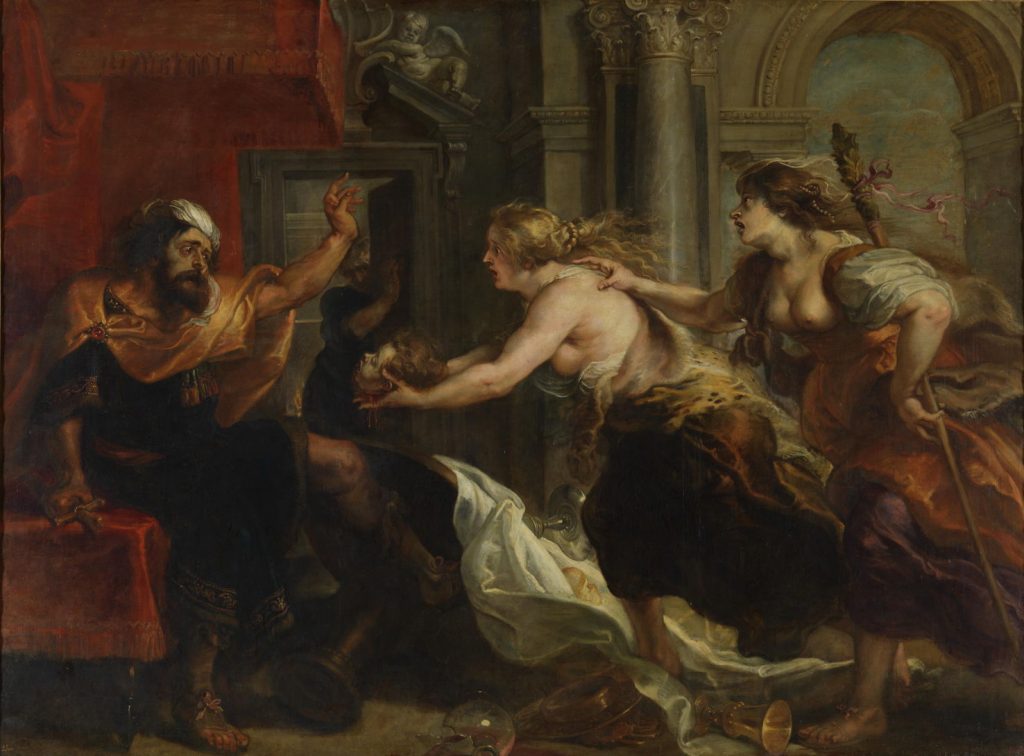
The show also includes a short bit from Henry Burr’s 1916 song “M-O-T-H-E-R (A Word That Means the World to Me)”
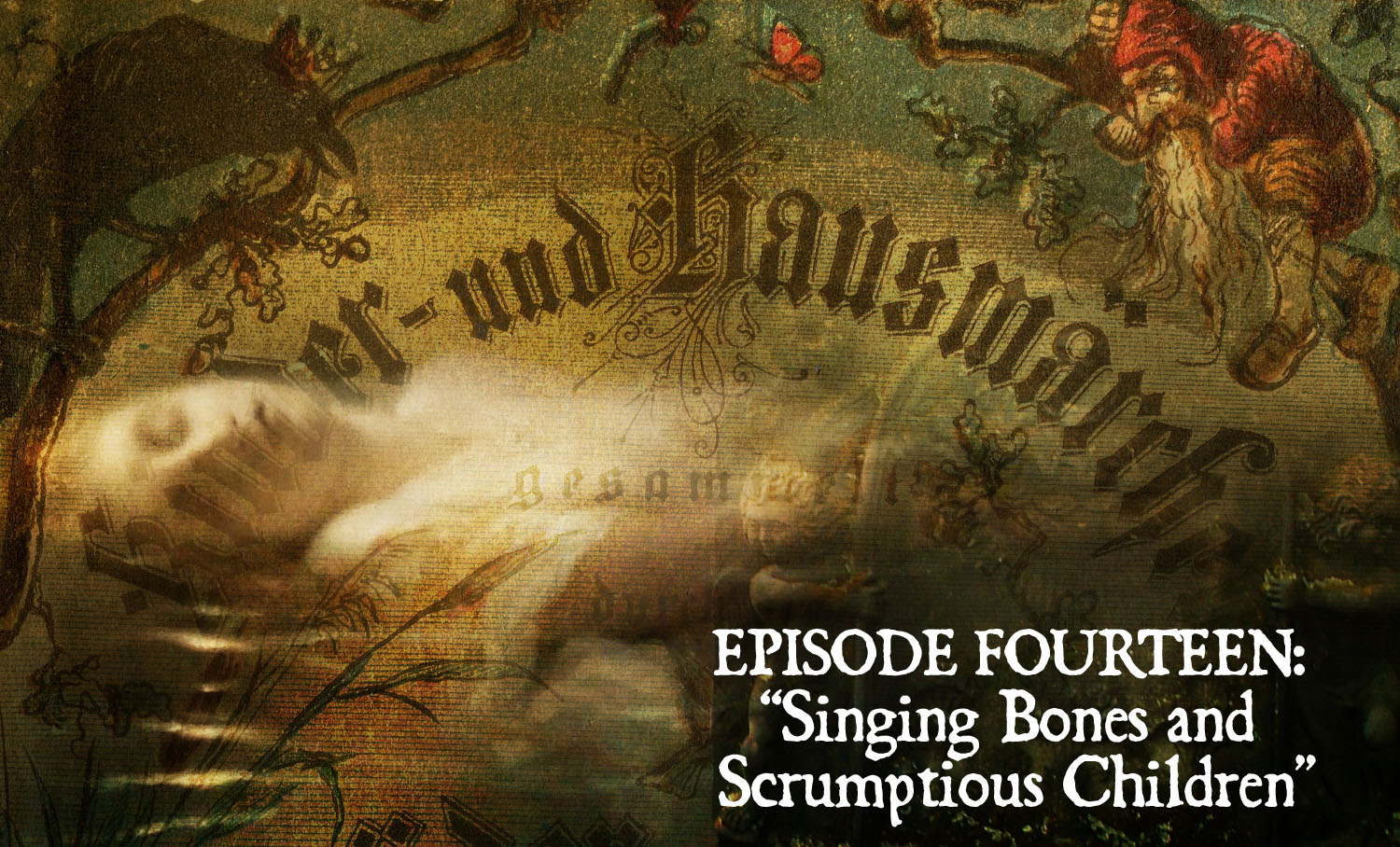
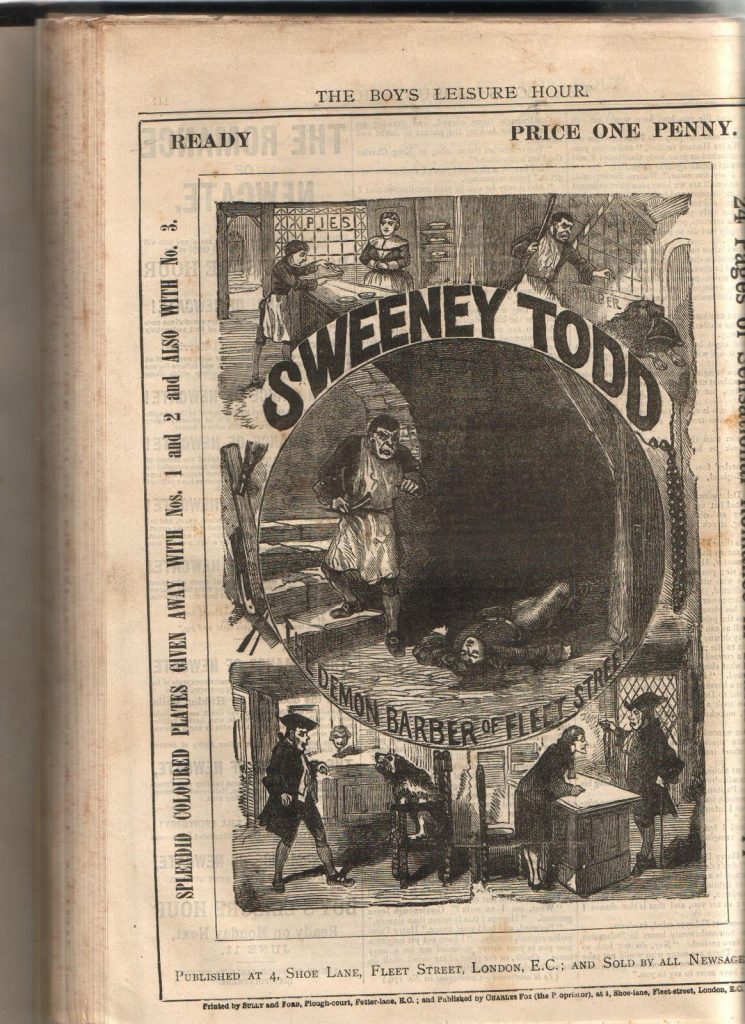 We then have a look at “The Juniper Tree” published in 1812 in the original edition of Grimm’s collection Children’s and Household Tales, that is, what we call Grimm’s Fairy Tales. The grisly tale would never lend itself to the Disney treatment, though it did serve, extremely loosely, as inspiration for
We then have a look at “The Juniper Tree” published in 1812 in the original edition of Grimm’s collection Children’s and Household Tales, that is, what we call Grimm’s Fairy Tales. The grisly tale would never lend itself to the Disney treatment, though it did serve, extremely loosely, as inspiration for 